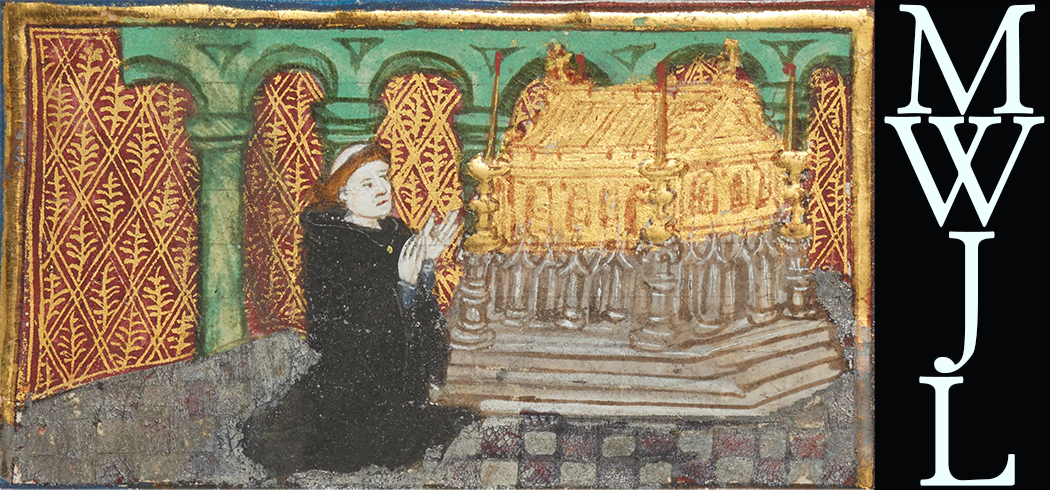 The Testament of John Lydgate:
Long Melford Verses
The Testament of John Lydgate:
Long Melford Verses
HomeAbout the ArchiveAbout John LydgateWorksManuscriptsAbout this ManuscriptEditorial ApparatusContactVisualization
Notes
-
The “r” in “lord” is a closed form that the scribe only uses after “o.” ↩
-
While the fourth word here is largely damaged, it is clear from what remains that the first letter is an “e” rather than an “o.” Also note that the first portion of the line differs from the EETS edition, in a reading that appears unique to Long Melford. ↩
-
The remnant of a suspension mark above the terminal letter in the second word makes it clear that there is abbreviation, but since that terminal letter is damaged it’s less clear what exactly is being abbreviated. The rendering here is based on scribal practice elsewhere in the chapel, such as in the word “graunte” in the final line. The first letter of the fourth word is hard to determine, but based on the number of minims of the next three letters, combined with scribal practice in the chapel, indicates that the fourth letter id “y” rather than “i.” ↩
-
While enough of the word remains here to make it clear that the intended final word is “vengeance,” the initial letter too damaged to make out. It is rendered “vengeance” rather than “uengeance” here based on practice elsewhere in the chapel. ↩







